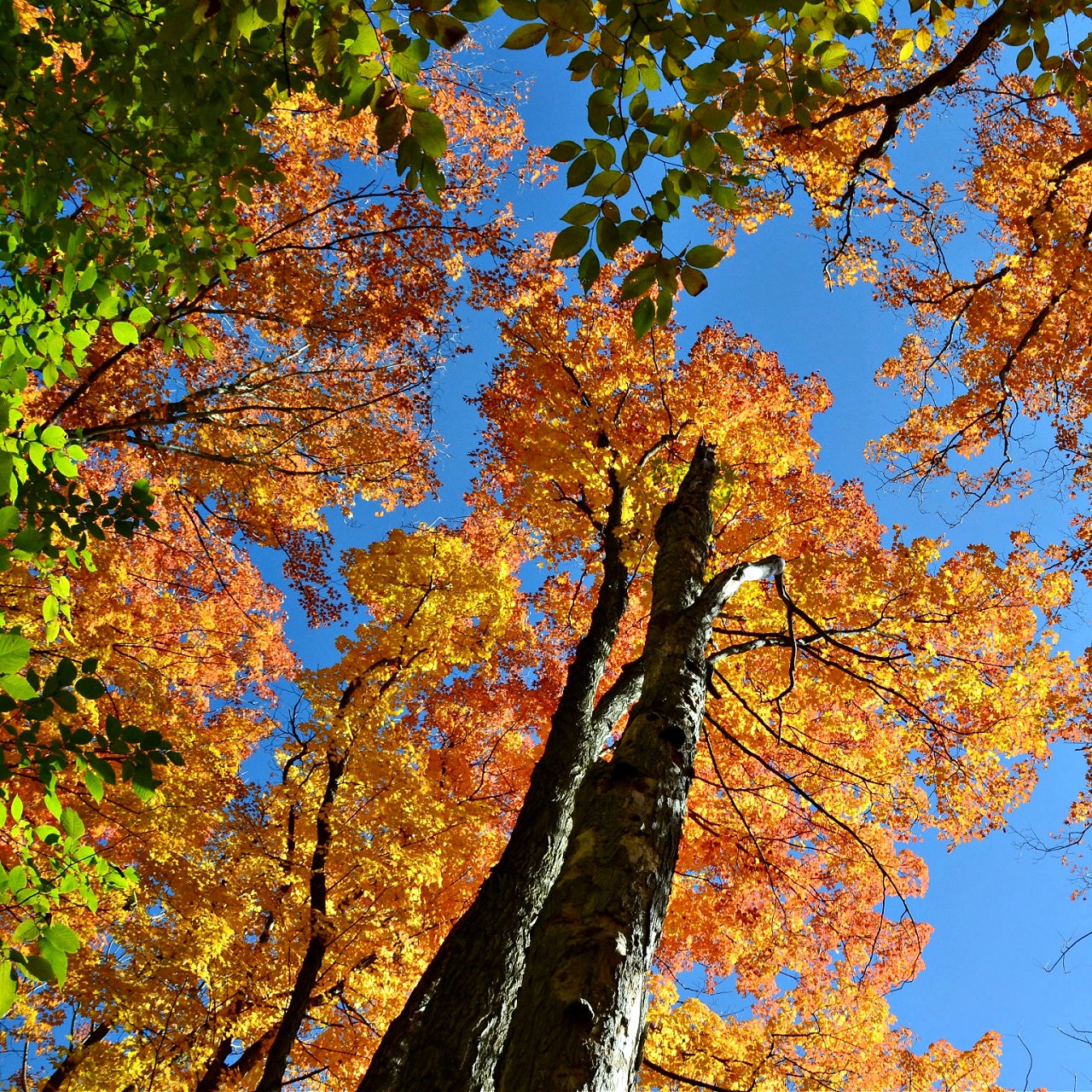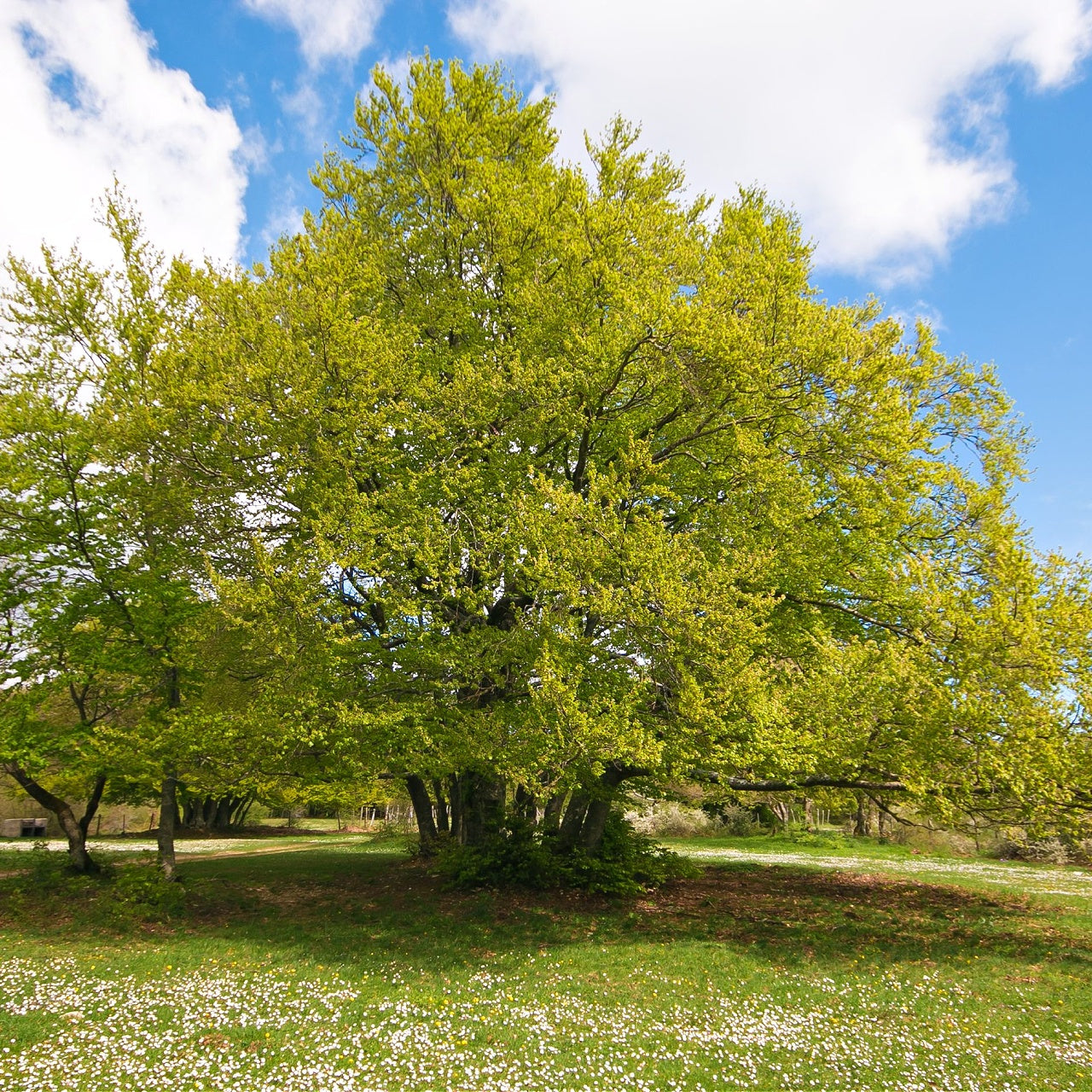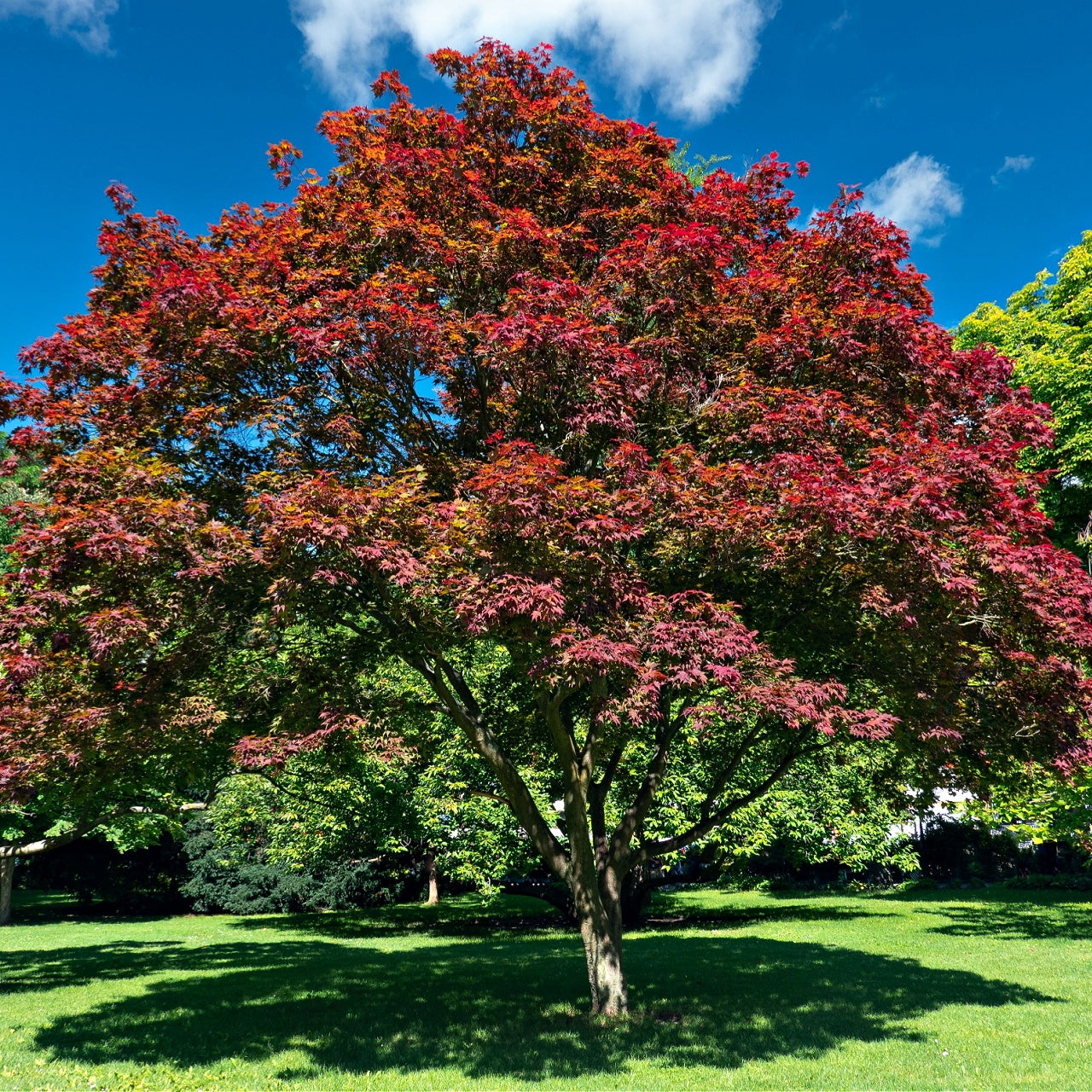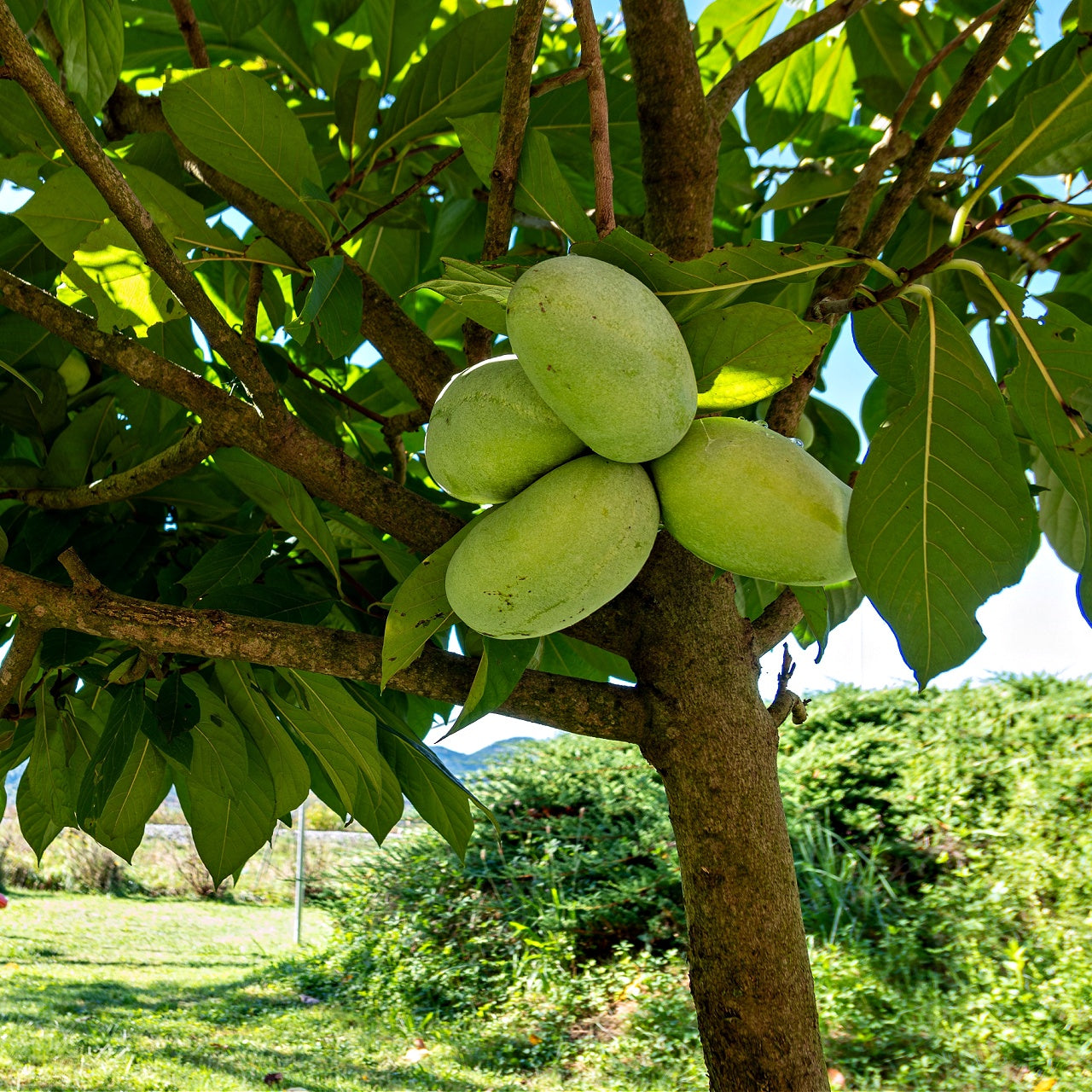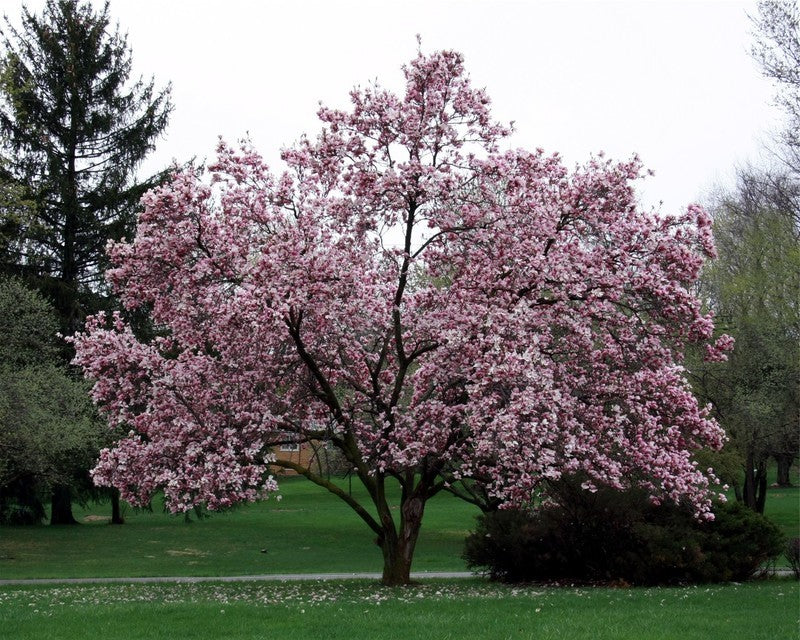
Magnolia Tree
Magnolia Tree
Planting Zones
Magnolia tree planting zones are widely distributed in the world. For instance, Southern Magnolia and Champaca Magnolia grow efficiently in the subtropical and tropical climates in regions found in USDA Zone 10-12.
Growth Heights
Magnolia trees can grow to 80 feet tall and up to 40 feet wide. The trees' size and height depend on the soil's fertility and the region's environment. The Saucer Magnolia can grow to about 25 feet tall, while the Sweetbay Magnolia can grow up to 50 feet tall. The trees can live up to 80-120 years in a supportive environment and fertile soil.
Soil Requirement
Though we have different types of Magnolia trees, the soil requirement is universal for each tree. Magnolia trees generally require slightly acidic, well-drained, loose, and moist soil. It is advisable to mimic the Magnolia tree's soil requirements, compost, and peat moss for better results and healthy trees.
Growth Rate
The growth rate of the Magnolia trees depends on the species of the tree; For instance, the Star Magnolia can grow to heights of 3 to 6 feet within a period of 5 to 6 years. On the other hand, the massive Southern Magnolia tree can grow to heights of 1 to 2 feet yearly. The Saucer Magnolia, on its part, has a growth rate of about 1 foot per year, while the Sweetbay Magnolia has a growth rate of 1 to 11/2 feet per year.
Landscape Use
The Sweetbay Magnolia tree usually grows upright, making it ideal for outdoor leisure. These trees can be used in decks, pools, and patios. The Saucer Magnolia tree is ideal for espalier and container plantations. You can use the Star Magnolia for border accent, lawn specimen, and a patio container plant. Magnolia trees can be used for patio trees, border accents, screens, and hedges.



